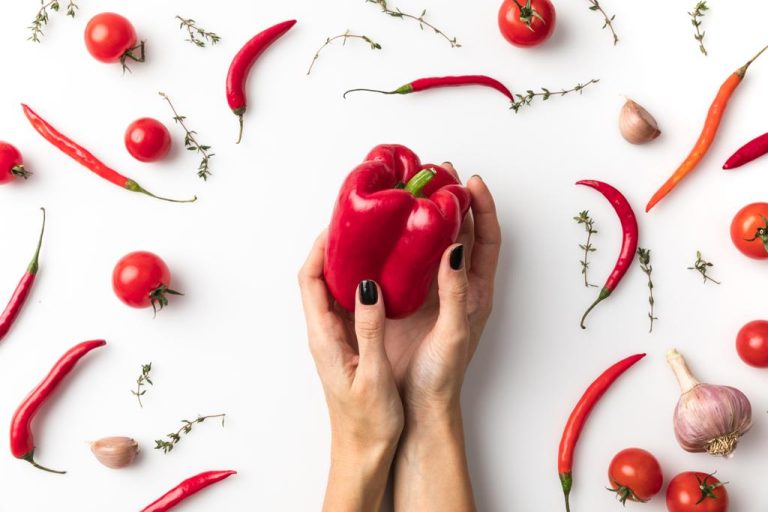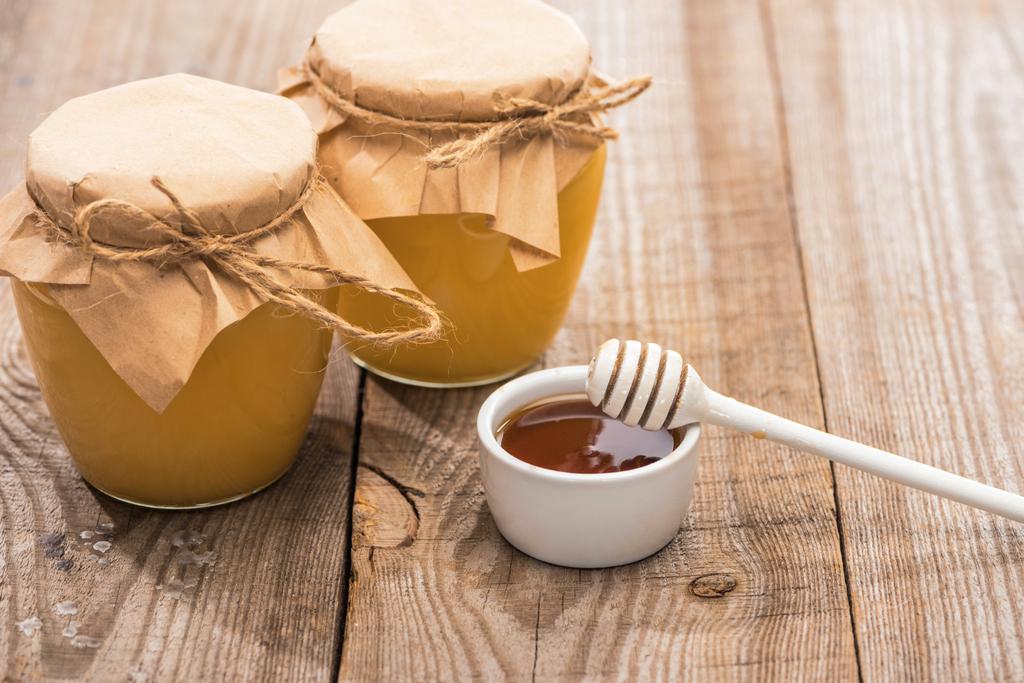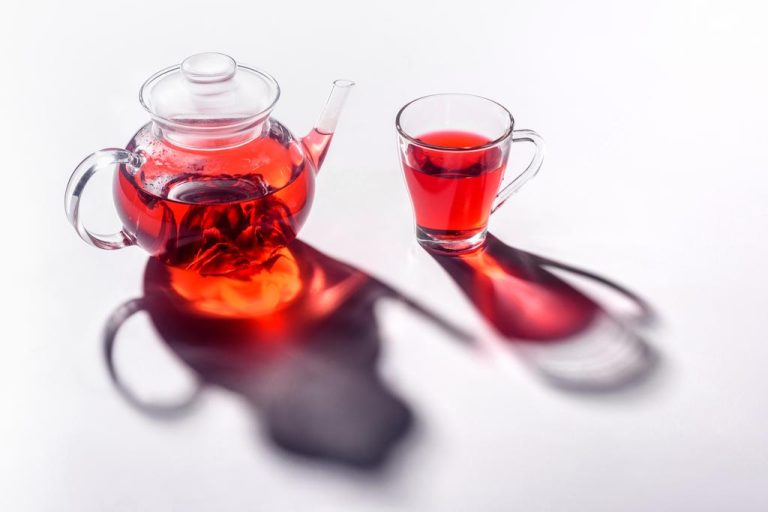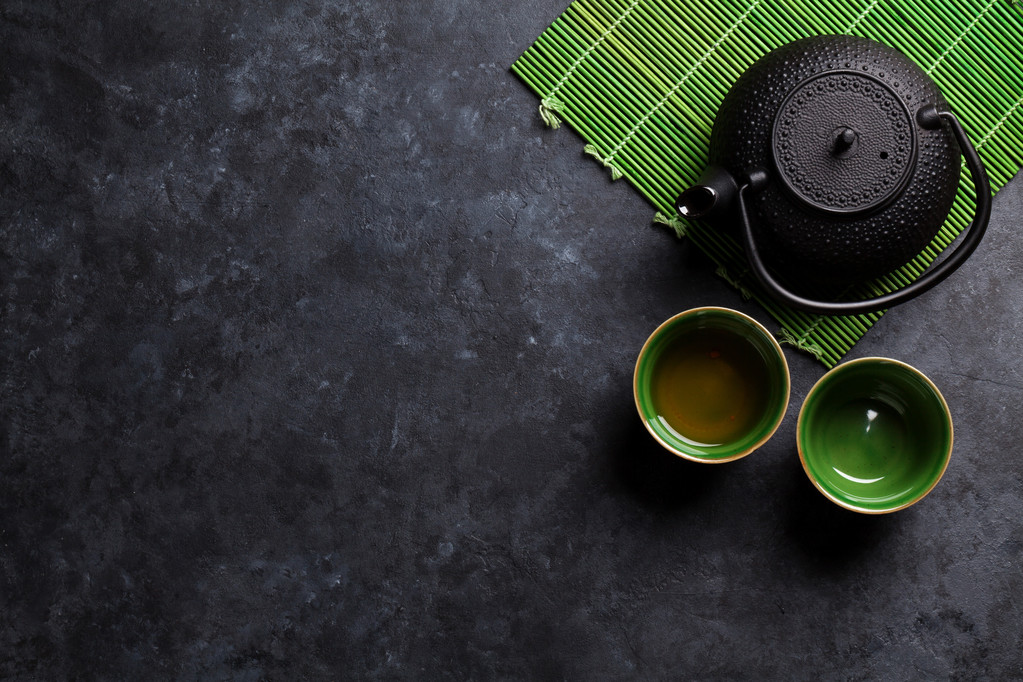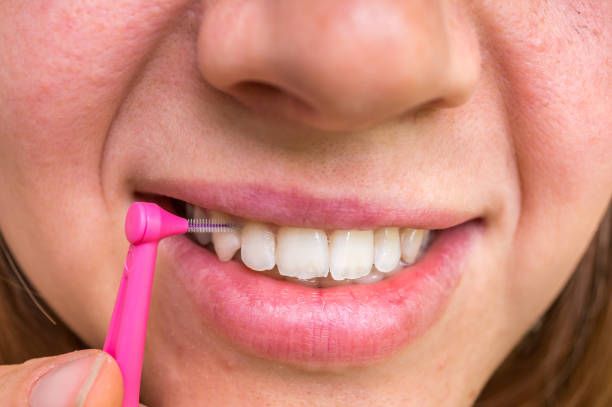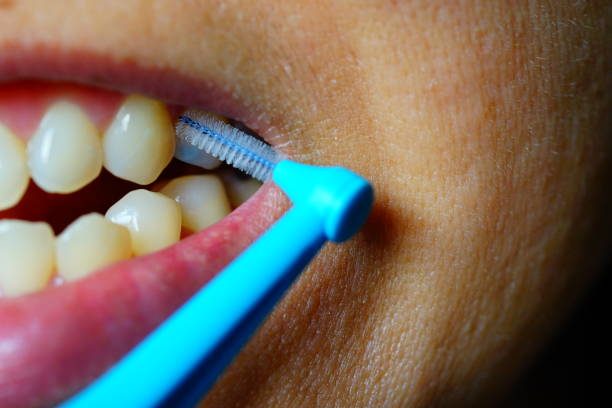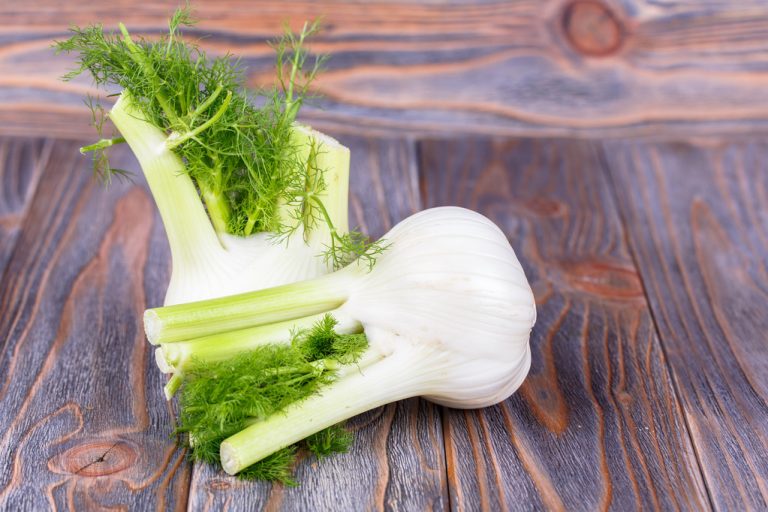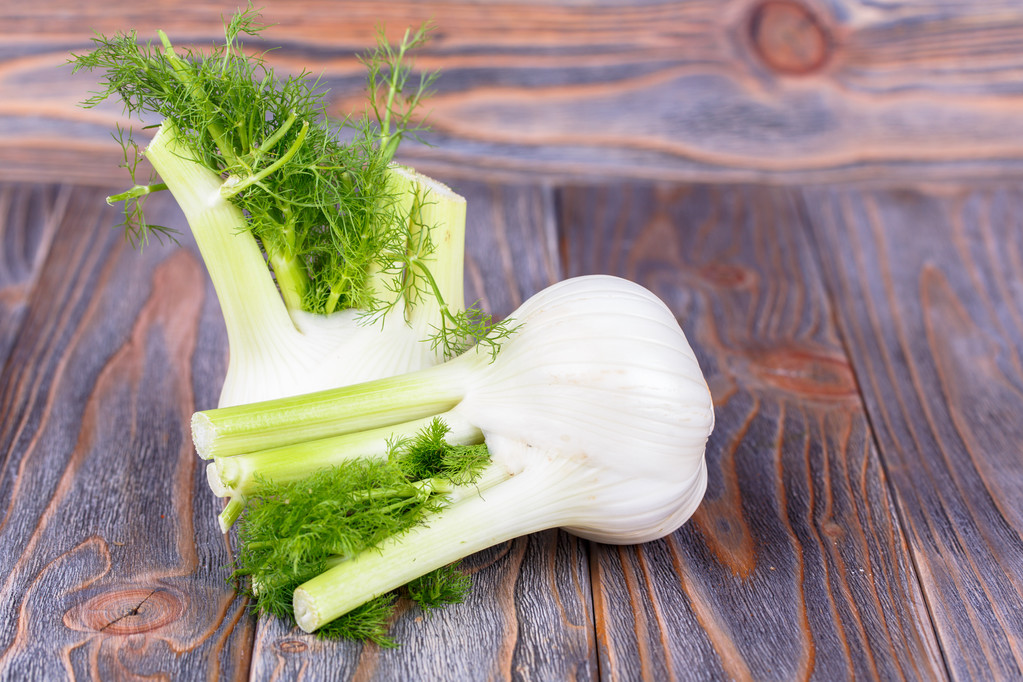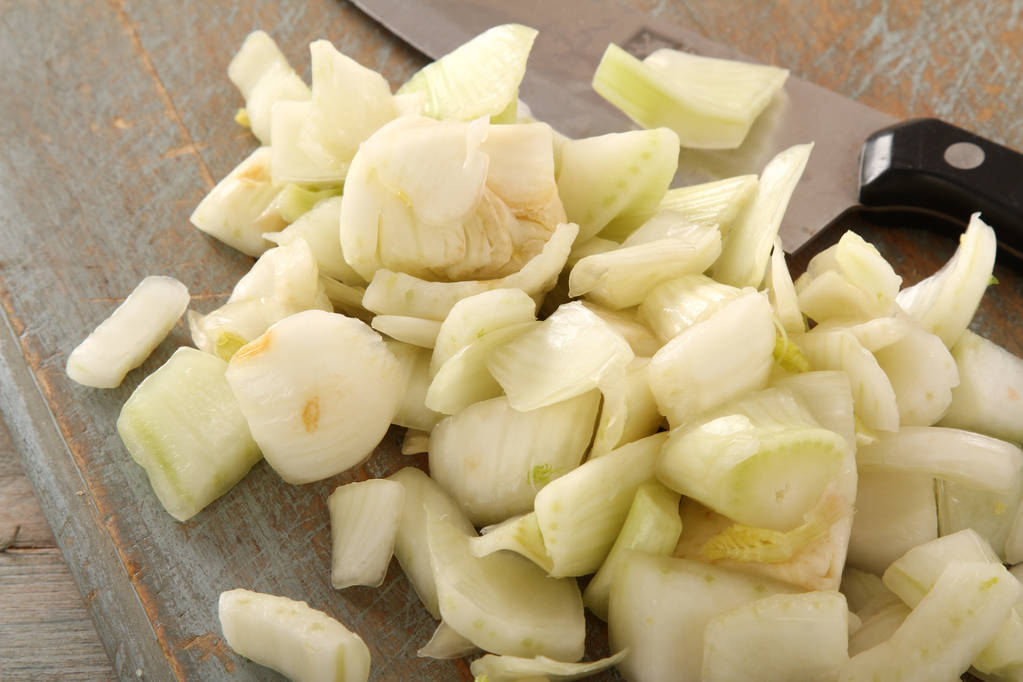The heirloom from the father or grandfather is not just a special memento. Old pocket watches are highly valued, especially among collectors, because they are reliable and long-lasting companions. But they should be properly maintained and cleaned. We have collected valuable tips on the proper care of pocket watches.
Pocket watches are back in fashion
For a long time, pocket watches were the daily companions of many people. But then they disappeared from everyday life and wristwatches took their place. But the great interest in vintage objects also makes the pocket watch reappear. The castle craftsman Peter Heinlein is said to have invented the pocket watch. He wanted to avoid constantly looking at the tower clock and built the first models. However, these were relatively large and unwieldy. Over time, these have been continuously optimized. Initially only reserved for the rich, later the less well-earned could also use the pocket watch. Pocket watches are now popular collector’s items, which is why they should be properly cared for.

Dangers for old pocket watches
The greatest enemies of a high-quality pocket watch are sweat, dust, moisture, and physical shock. The better you look after an old pocket watch, the more likely it will retain its value. Today, pocket watches from Glashütte Original, Vacheron Constantin, A. Lange und Söhne, IWC, Omega and Patek Philippe are among the showpieces. Heirlooms from family members have an emotional and therefore much higher value for most people. Nevertheless, the small gems end up in the closet. However, they are rarely used. However, you should inspect a watch regularly. This includes proper cleaning, regular winding, and, in the case of valuable branded watches, gear cleaning by a specialist.
Clean old pocket watches
If you have an old pocket watch, you should clean it from time to time. Because then their value is preserved. But how does the right cleaning work? A question that worries many. So that you don’t make any mistakes, we have summarized the most important tips for cleaning:
1) Use dust-free, soft cloths
Cleaning works best with a dust-free cotton cloth. You can also use a microfiber cloth. Thus, the case is not scratched by friction. If you have a waterproof watch, you can use a damp cloth. And you can even hold watches with a water resistance of 10 bar under running water. But under no circumstances should you use the dark side of sponges to clean the watch. Since fine metal particles are usually incorporated here, which can scratch the case, glass, and metal bracelet. The same applies to cleaning glasses.
2) Do without commercially available cleaning agents
Commercial cleaning agents from the household are also unsuitable for the care of old pocket watches, as they also set chemical processes in motion. Instead, it is better to use special cleaning agents. You will find numerous cleaning agents in specialist shops or on the Internet that have been specially made for cleaning watches. With this, you are on the safe side. Also, note home remedies for cleaning jewelry and polishing gold jewelry.
3) Have the movement cleaned by a specialist
Only a watchmaker should clean and lubricate/change the gear. It is important to avoid mechanical abrasion. Even for watches that have been stored, you should have the oil changed by a specialist every three to five years. This means that there is no bearing damage.
Properly store old pocket watches

If you don’t want to carry your old pocket watch, you should choose the right storage. Storing valuables can also pose a risk. For example, if you store the pocket watch in a damp place like the basement. To ensure that the watch lasts a long time, heed the following storage tips:
- Dustproof and dry. The more dirt gets into the gears, the sooner the old clock stops. In the worst case, it can even break. Therefore, store the watch in a case or a showcase, for example.
- Uniform temperature. An evenly tempered place is perfect for the collector’s item. Because watches do not like large temperature fluctuations, the oil in the movement suffers and disrupts the accuracy.
- Avoid direct sunlight. Because this leads to a sharp increase in temperature and discoloration. The dials of a watch in particular are very sensitive to the sun.
- Low humidity. Similar to the care of antique furniture, humidity plays an important role when storing watches. High humidity will reduce the life of the watch.
- Move/raise regularly. Old pocket watches should be moved or wound regularly. Thus, the oil is distributed in the movement. Automatic watches move every two to three months. Hand-wound pocket watches should be wound up at regular intervals until you feel resistance. Watches with a mechanical movement should be checked every five years by a specialist for wearing parts.



